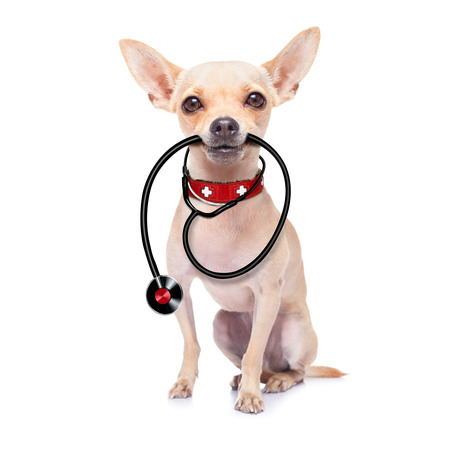September is Animal Pain Awareness Month, and it’s important to know that while animals process pain in a different manner than humans do, they still feel pain. A committee called the International Veterinary Academy of Pain Management (IVAPM) has compiled a list of common pain signs in animals. Examples include:
- Decreased activity levels, like not going up and down stairs or hesitation to jump onto surfaces
- Difficulty standing for extended periods of time
- Decreased appetite
- Excessive licking and grooming of a particular area
Many times you may not have seen how your companion may have gotten injured; instead, we often only become worries when we notice a problem. There are a few serious situations to be proactive about and to watch out for at all times. However, there are a few topics of concern that should be addressed:
 Poisoning
Poisoning
Poisoning can occur when your pet gets into everyday household items. This can include bleach, common cleaning products, rodent poison and antifreeze. For a more extensive list of household poisons, check out a compiled list from the American Veterinary Medical Association here. The ASPCA also operates a poison control center and offers an extensive list of poisons that could be harmful to animals. It’s a great read for those who are unsure of what their animal companion can intake and what they cannot.
Seizures and Fractures
Pet owners should also know how to address seizures and fractures. If your pet has a seizure, it can be scary. Your first instinct will be to restrain your pet, but the best thing to do is to make sure your animal is away from furniture or any other potential harmful objects. You should time the length of the seizure, as well, and contact your veterinarian for further instructions as soon as the seizure stops.
If you suspect your pet has a fractured bone, the first step is to swaddle your pet in a blanket to try and immobilize the area and immediately take your pet to an animal hospital. An injured animal has a larger tendency to bite, so be careful while approaching your pet during this stressful time. Make sure that your pet is on a flat surface and avoid making contact with the injured area, if possible. For more information on pet first aid, the AVMA offers some great basic pet first aid tips on its website.
Disaster Preparedness
Disasters unfortunately happen all the time. However, the AVMA has compiled a disaster preparedness brochure of tips to help you and your family prepare in case of a disaster in your area. Your pet is a part of your family, and it is important that you make sure that your whole family is prepared with the necessary items. Pets should be up to date on their shots, for example, and your smaller pets should have their tags on them. We also recommend having your pet microchipped and training them to enter their carrier calmly. It may also be advantageous to compile a list of people that could look after your pet in case you become separated.
Unlike many pet sitters, I am certified in pet CPR and other first aid practices, which means that if there is an emergency situation while you are out of town or while walking your pup, you can trust that your pet is in good hands with me. To learn more about regarding my pet sitting, walking and boarding services, call me today at 830-624-9284.

 Poisoning
Poisoning